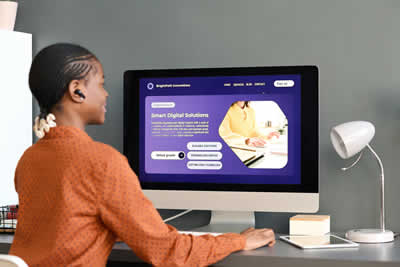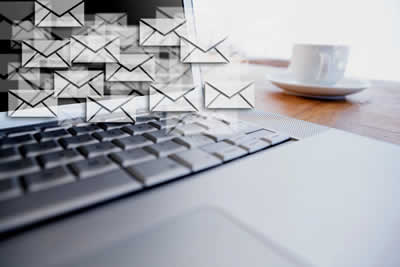Are you looking to ensure that your marketing emails reach your prospects inboxes and actually get opened?
If the answer is yes, you need to warm up your email account before sending anything out! And crafting a message that truly resonates with the intended audience requires finesse and strategic thinking.
That's why in this guide we'll dive into the art of warming up your email for a marketing campaign. Remember, you need to do this to stand out from the crowd, and establish connections with your audience.

So lets delve into this warming up process and learn more about it in detail.
What is Email Warm Up?
This is the practice of building a reputation by gaining respect for an email address and domain before launching any campaigns. It involves
sending a series of specially crafted emails to establish credibility and trust with Internet Service Providers (ISPs). By doing this, you'll avoid getting flagged as spam, enabling people to actually receive what you send them!
So here's a basic fact. When you create an email account, ISPs have no way of knowing whether you're legitimate or not. So to prevent spam, they often impose a "cooling off" period, on new accounts. During this time your emails may experience delays or rejections until you establish a reputation.
Email warm up methods allow you to bypass this cooling off period and begin sending right away.
Strategies for Email Warm Up
Let's now move on to strategies. What comes next? What's the plan? What approaches should we rely on?
Invest in an email warm up tool
An
email warm up tool is specialized software, typically offering features and functions that can establish a sender reputation and improve the success of campaigns.
They streamline the process with tools that help you to create and send personalized emails to your target audience over a period of time.
This helps to build trust and reputation with the recipients. And with this in place, it will increase the likelihood of them responding.
Benefits of email warm up tools include:
- Improved deliverability rates
- Reduced bounce rates
- Increased open rates
- Higher click through rates
- Minimal risk of being marked as spam
Captivating subject lines with personalized techniques
The subject line is the first thing people will see, so make it stand out.
A compelling subject line sparks curiosity. It captures attention and increases the chances that people will open the email.
Here are some tips for writing engaging lines:
- Keep it short and sweet
- Utilize strong action verbs
- Create a sense of urgency
- Make it personal and relevant

Personalization
Personalization is another effective strategy to warm up emails and boost open rates. By tailoring emails to individuals you show that you value their interests and are aware of their needs.
Here are a few suggestions to make messages more personalized:
- Divide the audience into segments.
- Utilize recipient data.
- Incorporate dynamic content.
- The role of marketing agencies
Use a digital marketing agency
Digital marketing agencies possess expertise in warming up email accounts. They have an understanding of what works and what doesn't. They can also help you to create targeted campaigns that will reach the right audience at the right time. So as a result, you'll be able to build and execute a customized plan that matches what you need.
They recognize the importance of aligning their strategies with their clients' campaign objectives, so they thoroughly analyze your marketing goals and target audience. And they tailor warm up strategies to suit your needs.
A crucial aspect of their role is to monitor and evaluate campaign performance. So they closely track metrics such as open rates, click through rates, bounce rates and spam complaints to assess the effectiveness of the process. These agencies also know how to enhance deliverability and engagement.
Optimizing Email Design
To
make emails appear professional and polished, you must use high quality images with a highly readable font. You should also make sure that layouts are optimized so they are visually appealing and easy to read on different devices.

When it comes to
call to action (CTA) buttons, their placement plays a role in encouraging people to take action. Common types of CTA buttons include directing users to a landing page, signing up for a newsletter or - best of all - making a purchase.
You should position CTA buttons prominently within the email where they're easily visible. It is also advisable to use concise language. Experimenting with different colors for the buttons can help them stand out from the rest of the content.
Final Takeaway
In conclusion, you absolutely need to master the art of crafting emails when running marketing campaigns.
By implementing the strategies and techniques mentioned here, you can improve deliverability, engagement and overall campaign performance ... and your bottom line!


























